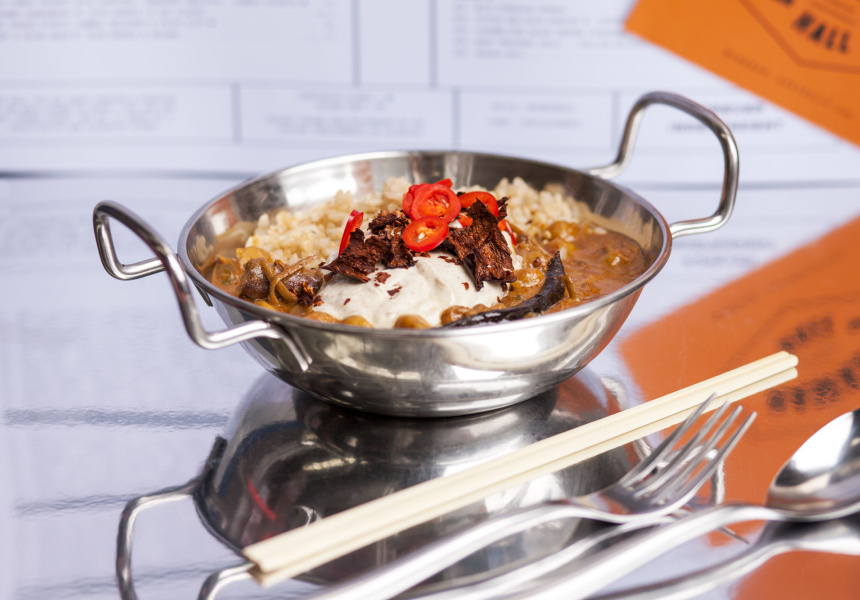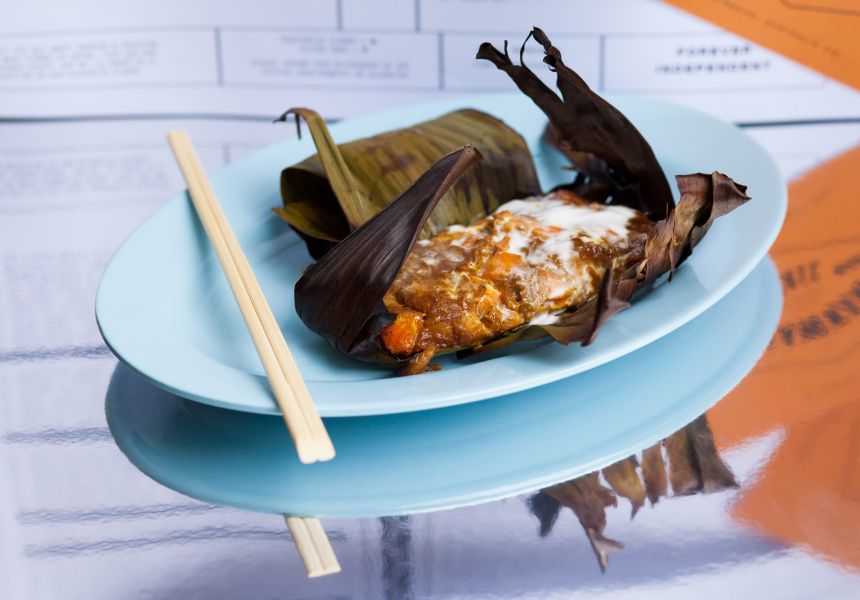“Everyone was telling us their Hainanese chicken was the best,” says Chris Lucas, director of the Lucas Group. In March the owner of Chin Chin spoke to us from Singapore, where he, executive chef Benjamin Cooper and manager John Kanis were busy researching Hawker Hall.
Restaurant number four will open in October, and Lucas wants it to be authentic. Like an increasing number of Melbourne’s hospitality figures, he believes the best way to make sure of this is to get on a plane. In Singapore and Malaysia, the trio visited dozens of hawker stalls a day to find the best local version of every dish, be it Hainanese chicken, roti canai or satay.
“Most of the things I love go on our restaurant menus,” Lucas says, as he talks animatedly about all the stuff he tasted. While some of these dishes will be familiar to Australians, many more are novel. The takeaway is that with a huge, 50-to-60-item-strong menu planned, you’ll probably try something new at Hawker Hall.
We think you might like Access. For $12 a month, join our membership program to stay in the know.
SIGN UPOne of Lucas’ favourite discoveries is ayam penyet, or smashed chicken, which the group found at Tiong Bahru Market in Singapore. Chicken is coated in a spicy, breadcrumb-like batter, then deep fried. Right before serving, the chefs hit it with a mallet, which breaks up the pieces for eating with your hands and works the tasty crumbs deep into the flesh. “It’s a bit like Korean fried chicken, only with more of a Chinese flavour,” Lucas says.
Another was roti boom, for which spinach, cheese, spring onions and other ingredients are rolled into a long tube of roti. The tube is then grilled in a spiral shape, forming a roti scroll, “like Asian spanakopita”.
Even more novel is roti jala. To make it four piping bags are used to squirt simultaneous ribbons of roti batter onto the grill, forming a big, spaghetti-like mass which gets shaped into a cavity-riddled block. Unfortunately, this one probably won’t make it onto the menu because of the space needed to do it properly.
Other finds included chai tow kway, misleadingly known as “carrot cake”, which is actually cubes of daikon or radish cake stir fried with noodles and mince; cheong fun, tubular noodles stuffed with prawn and finished with a light soy sauce; and murtabak, a folded pancake filled with mince.
Then there was the idea of “economy” noodles. At the end of the day a trader gathers up all their leftovers and combines them into one hodgepodge stir-fry. Lucas says Hawker Hall will do its own version, with the leftovers changing each day.
Whatever you’re eating, the tableware will look the part. In Malaysia the trio spent some time tracking down suppliers of greaseproof paper, melamine plates, condiment jars, chopsticks and napkin holders for an authentic feel.
But despite all this effort, there are authentic elements that simply wouldn’t work in Australia. On one day the trio passed a stall selling boiled chicken heads, which its customers were enthusiastically sucking dry. Likewise durian fruit, chicken gizzards and tripe aren’t likely to have a huge audience here.
Much easier are those dependable meat skewers known as satays, which Lucas says will be “a cornerstone” of Hawker Hall. A restaurant named Sate Kajang in Kuala Lumpur is largely responsible for this. Lucas was blown away by its massive charcoal pit, where hundreds of sticks burn at once. “The heat coming off it was unbelievable,” he says. “You couldn’t put your hand anywhere near it. In less than 30 seconds the satays would be cooked. I reckon it must have been about 800 degrees.”
Hawker Hall
98 Chapel Street, Windsor
Hawker Hall will open in October, and is now hiring. Find out more on Scout, Broadsheet's new employment website.


